According to the analysis of Solar Power Portal, building-integrated photovoltaics (BIPV) has significant potential in shaping the future of cities and addressing energy demands. With the urgent need to combat climate change and global warming, BIPV technology offers a unique opportunity. It transforms buildings into mini power plants that generate clean energy from the sun.
Globally, buildings are responsible for 37% of carbon emissions and 34% of energy demand (GlobalABC Status Report 2022). Decarbonization became crucial for them, and one way of doing it is to combine them with renewable energy solutions like BIPV.
Importance of sustainability
MIPIM, the leading real estate show in the world, hosted its 32nd edition in Cannes in March 2023. 90 nations represented themselves by the 23,000 delegates who attended MIPIM this year. At this event, cities and nations provide innovative new options to develop better sustainability and wealth while improving urban planning. As the decarbonization of cities is a top priority this year, MIPIM and other prominent real estate figures signed the Road to Zero Alliance. It reaffirms their environmental pledges. The Road to Zero areas featured sustainable retrofitting, using urban tech solutions to create sustainable, smart cities, and enhancing biodiversity in urban settings. The essential necessity to take into account every element of the urban environment holistically was brought to light during MIPIM.
As urban populations continue to grow, cities consume a substantial portion of energy resources and contribute to CO2 emissions. With the EU aiming to become carbon-neutral by 2050, European cities must accelerate the deployment of renewable energy. Investing in energy efficiency becomes important, with BIPV being a key component in achieving this goal. The necessity to speed up the installation of recharging infrastructure in residential and non-residential structures, such as homes and workplaces, has increased. The adoption of REPowerEU5 and the proposed higher targets for renewables and energy efficiency.
But how can BIPV contribute to these goals?
Research carried out by Building and Environment concluded that BIPV is an innovative, multipurpose solar technology that delivers cleaner energy production for increased building value and energy efficiency. A clever and logical application of BIPV in suitable areas would be an important and evident step to achieve net-zero energy buildings.
Furthermore, another important way of usage is green mobility. Being an essential aspect of the European Green Deal, it is worth mentioning that buildings play a crucial role by providing infrastructure for electric vehicle (EV) charging. The combination of BIPV modules with EV charging stations or nearby public buildings offers untapped potential. It offers sustainable energy generation and transportation.
To accelerate the transition towards greener cities, municipal authorities can actively promote BIPV by converting public building stock into Plus-Energy-Buildings. Introducing new financing schemes for BIPV installations, and setting up policies and incentives for electrification in buildings and transport. Future cities have enormous BIPV potential because it provides a sustainable and effective energy solution for urban settings. Design competitions that emphasize the integration of BIPV potential into urban environments act as a catalyst for fostering innovation and imagination in the sector. These contests for architects and designers promote cooperation. To address the challenges of urban energy management, it requires the involvement of numerous stakeholders and the implementation of a multidisciplinary strategy. For designers and architects, integrating BIPV systems into cutting-edge design concepts will become even more crucial in the future.
We tend to talk about the future and goals that sound like it’s far away, but cities are starting to understand that the green transition needs to start now. There are already existing solutions, including PLATIO, which is ready to serve sustainability.
Our contribution
At PLATIO Solar, we envision a future where BIPV systems play a central role in innovative design concepts for cities. Our solution, PLATIO solar paver is a BIPV product that produces clean energy from the pavement. It effortlessly creates a powerhouse from public spaces. The solar pavement is suitable for using solar energy in an on-grid or off-grid system, an endless energy source for long-term sustainability. PLATIO pavement is able to power a variety of smart city devices. Applications include smart furniture, EV charging stations, digital street devices like information walls or city lights, or even street lighting. Solar-powered pavement’s significant advantage lies in its capability to generate renewable energy in areas where vegetation or open space prevents the installation of traditional power grids.
Applications of PLATIO solar pavement
PLATIO offers a new generation of innovative, space-saving, and environmentally friendly energy sources. PLATIO solar pavement is suitable for several sunlit surfaces. We advise installation in locations where traditional solar technologies cannot be deployed. Examples include:
- Historical buildings that do not permit rooftop solar panels,
- design buildings that do not like to compromise the aesthetics,
- windy (tornado-prone) places,
- in designated areas eg. landscape protection zones,
- around structures made of wood or those with thin roofs,
- in unusual urban locations including parks, and streets, where energy cannot be produced safely with other solar products.
A greener future and a more sustainable urban environment are achievable with PLATIO. The solar pavers are made from recycled plastics, glass, and other waste materials in an effort to reduce waste, making it a double-green building material. It takes modern taste into account, effortlessly becoming an aesthetic part of the infrastructure. We created it taking into account the external stimuli affecting it, so the solar pavers are durable, and resistant to load, scratches and weather. Its maintenance is just as simple as regular concrete, therefore making sustainable efforts – well, effortless.
PLATIO BIPV SOLUTIONS in smart cities:
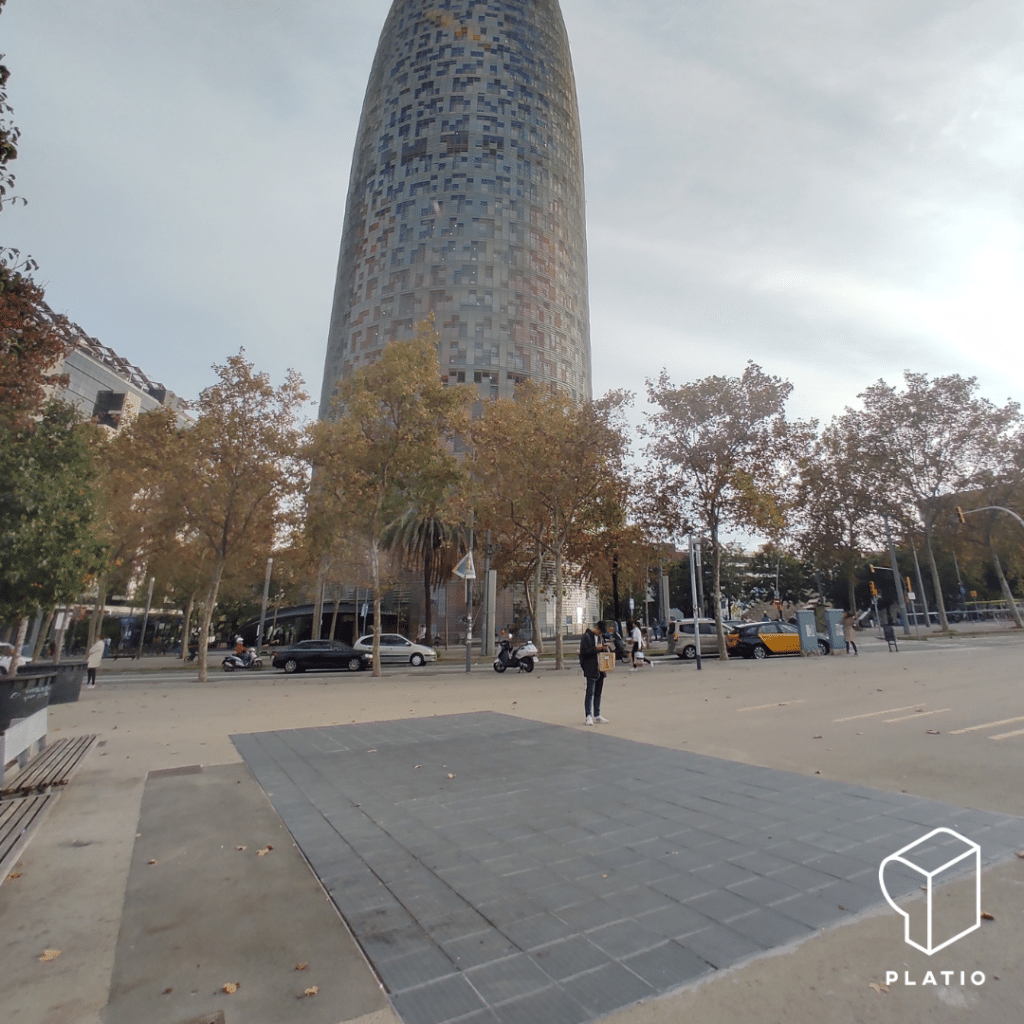
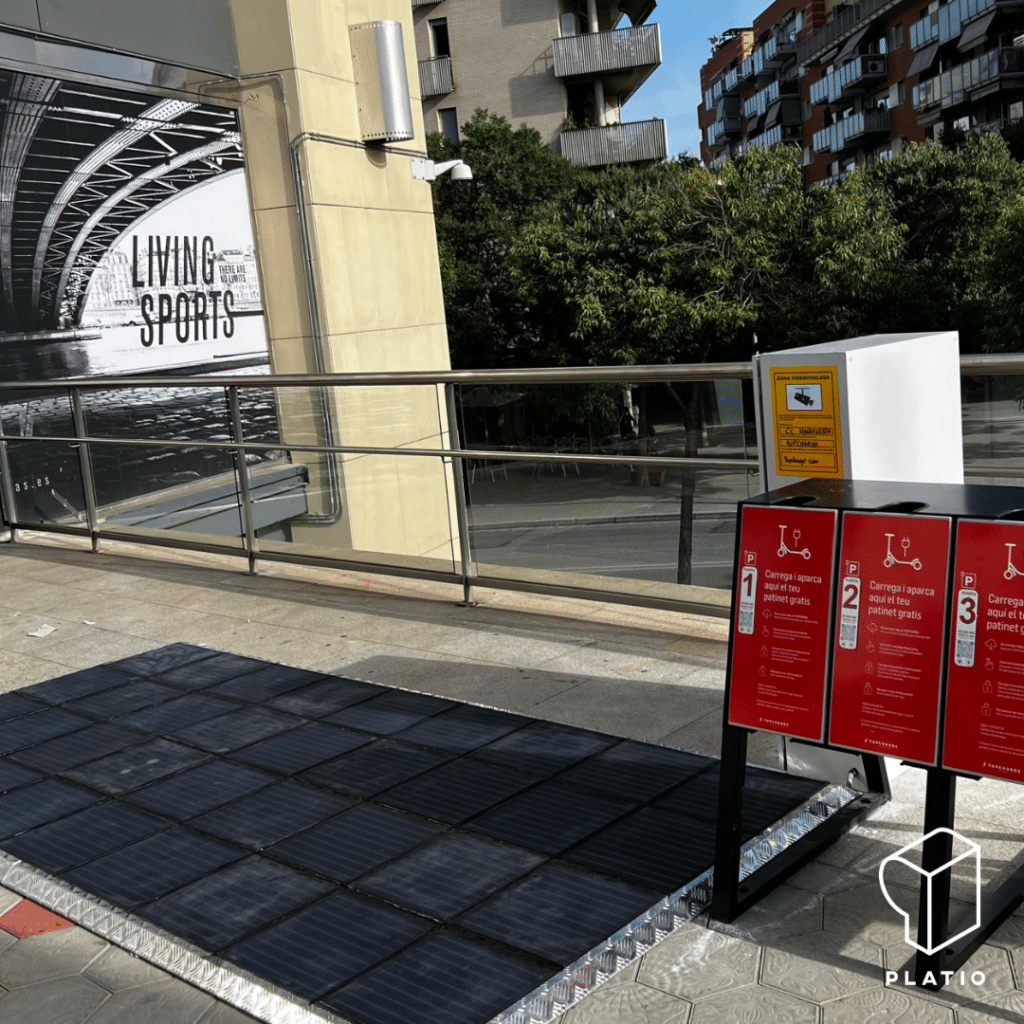
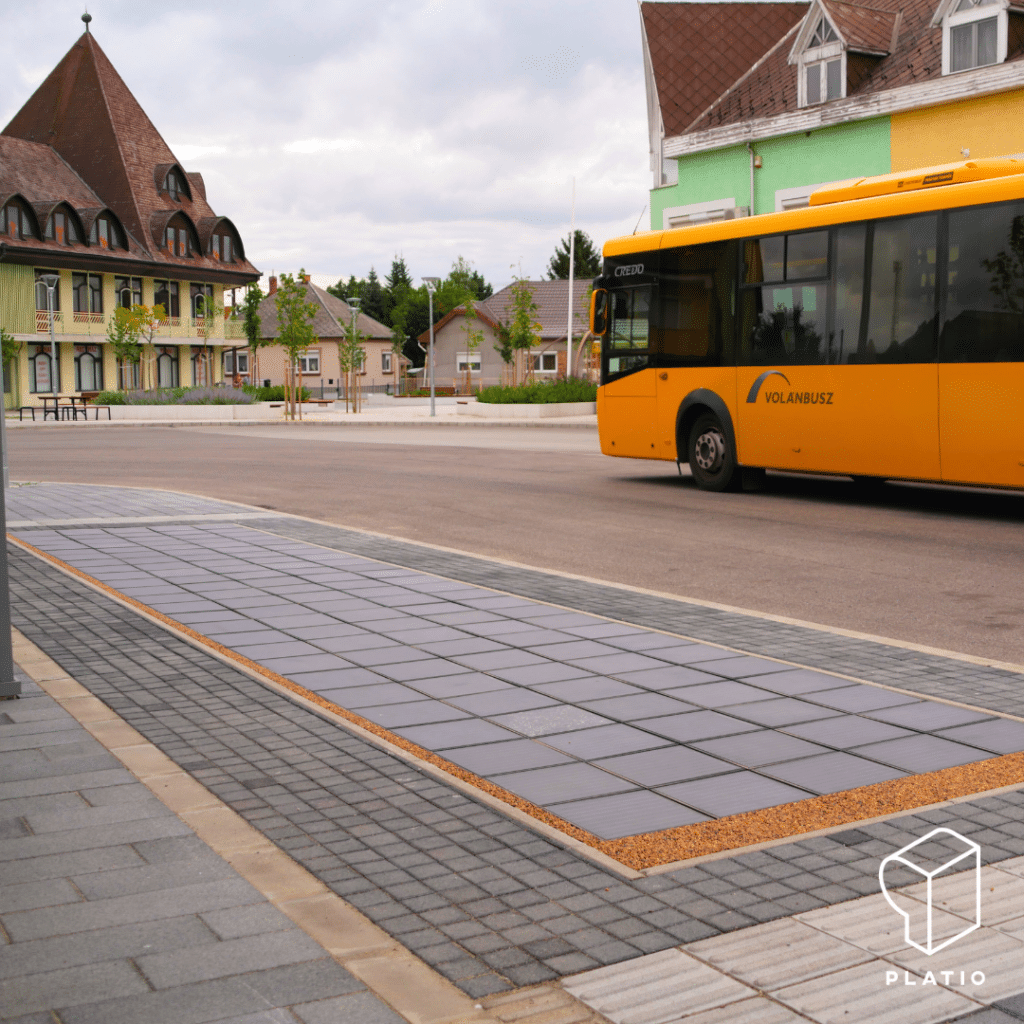
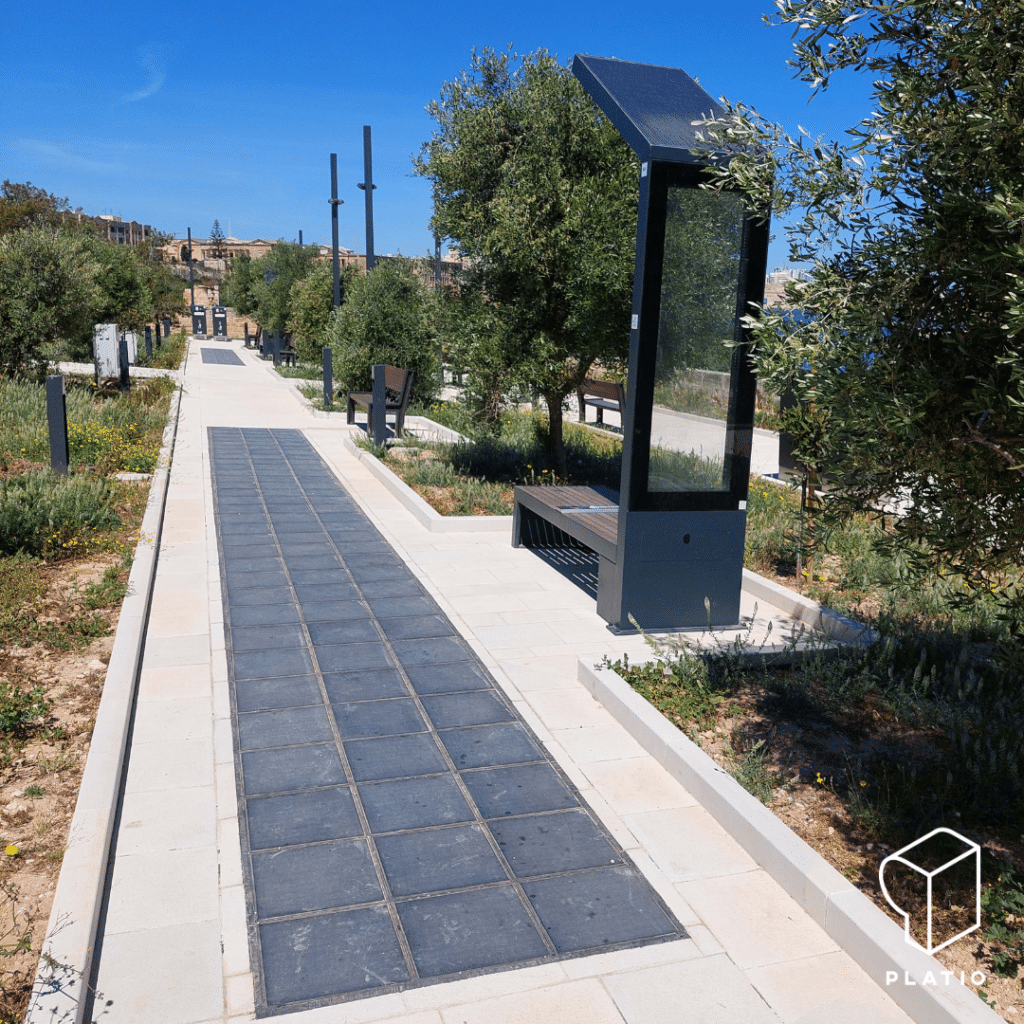
We can safely say that BIPV holds immense potential for the future of cities, offering a sustainable and efficient energy solution that can contribute to a brighter and more sustainable world. By deploying BIPV technology and PLATIO, cities can take significant steps towards a greener tomorrow, working towards the ambitious goals set in the Paris Agreement and the global effort to combat climate change.
If you are interested in installing PLATIO solar pavement in your city, get in touch with us.
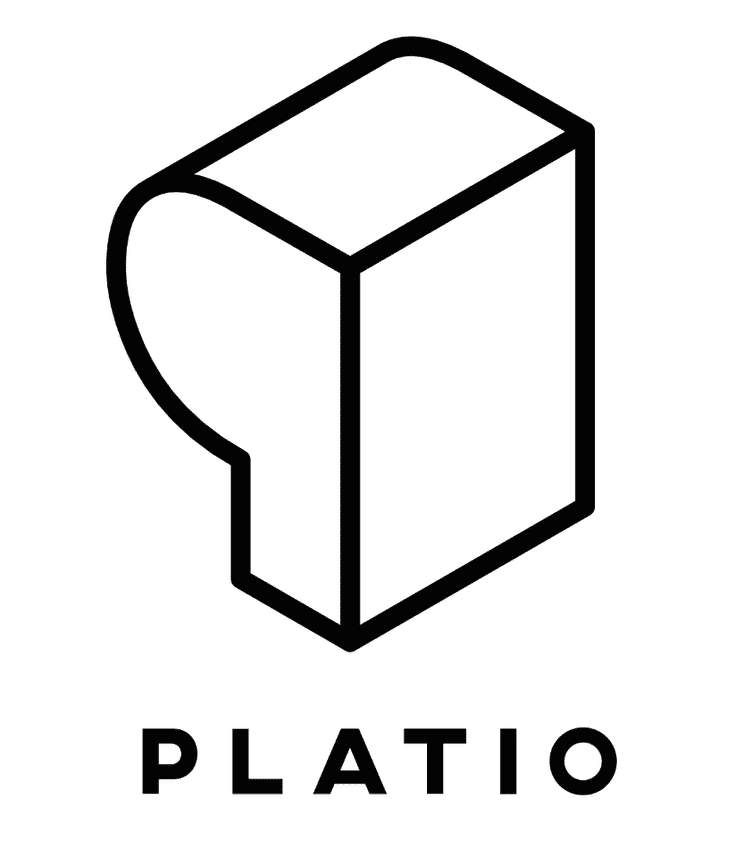
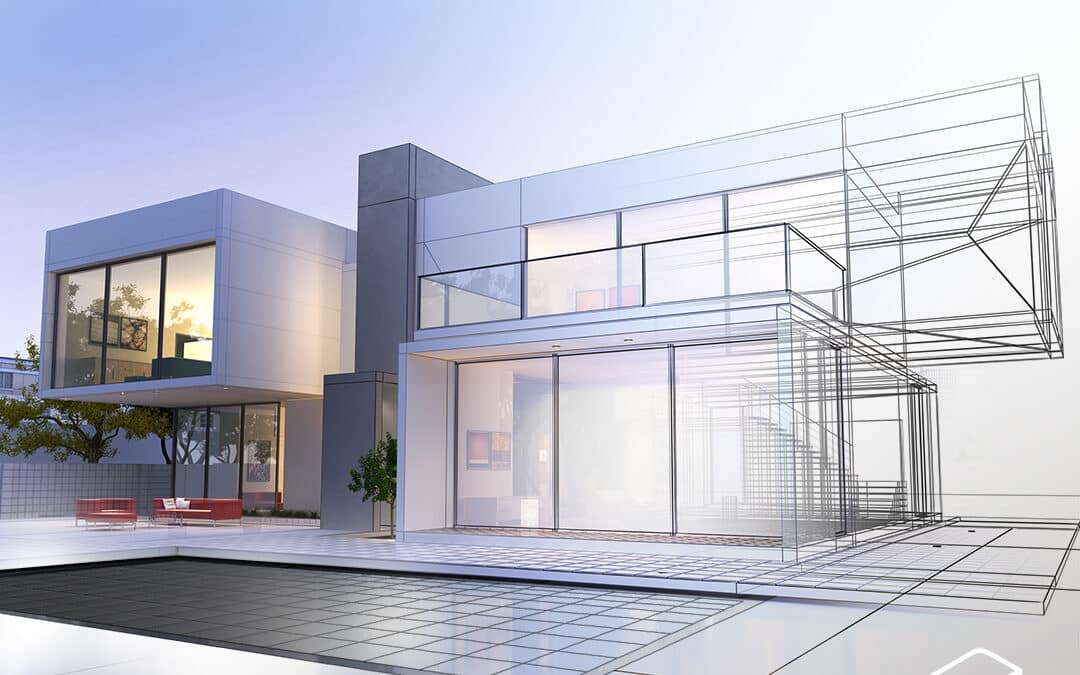
Recent Comments